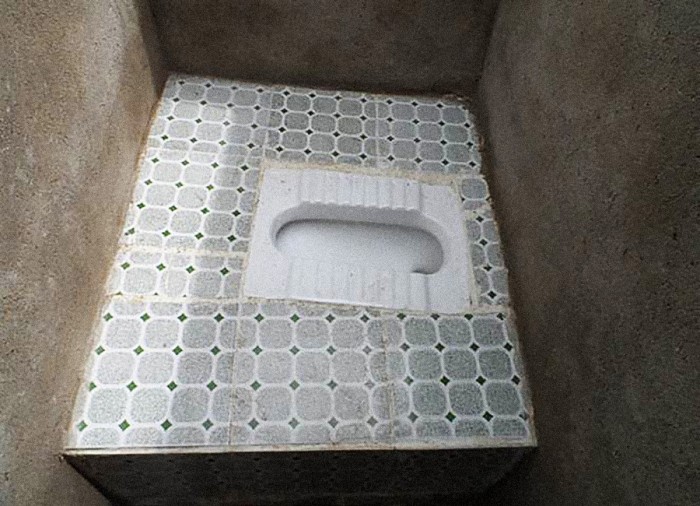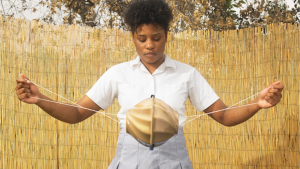
The tiger worm toilet a low-cost, sustainable sanitation solution with a small enough footprint to work in urban slums. The toilet is a flushing system that uses worms to transform human waste into – the product or process of composting using various worms, the product of which is a nutrient-rich organic fertiliser and soil conditioner.
Tiger Worms can survive all kinds of conditions and can decompose human waste, quickly and efficiently. The tiger toilet consists of a pour flush latrine connected to a concrete chamber called the biodigester.
The biodigester contains worms, which live in a bedding material and feed off the waste, breaking it down. The waste is filtered through layers of sand, gravel and charcoal into a trough. This is emptied by the user and can be used as fertilizer.
This process reduces the volume of human waste by 80 per cent.
The Tiger Toilet is supported by Sanitation Ventures, a project run by the London School of Hygiene and Tropical Medicine and funded by the Bill and Melinda Gates Foundation.
Tiger worm toilets are a solution in places where piped sewage systems and treatment plants are unaffordable and are impractical in dense, unplanned urban settings. The tiger worm toilet is currently being field tested by Oxfam International in Senegal, Ethiopia, Liberia and Ghana.









